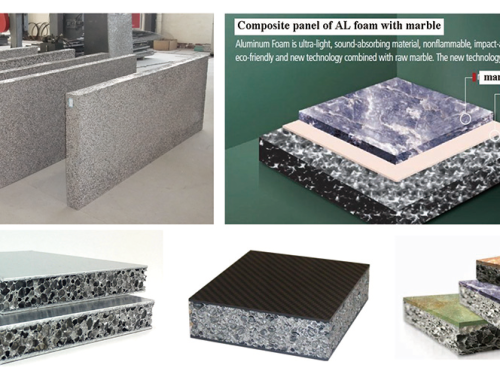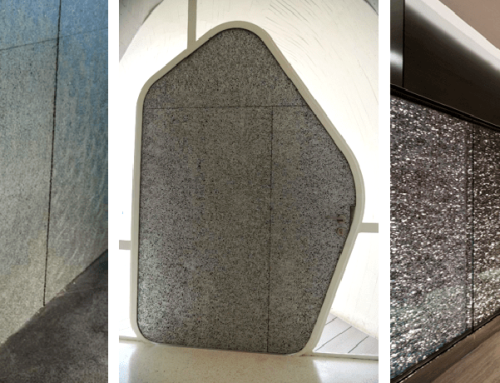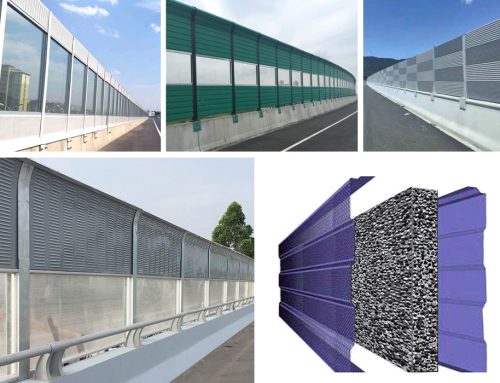Metal Foam refers to special metal materials with foam pores.Through its unique structural characteristics, metal foam has a series of good advantages, such as low density, good heat insulation performance, good sound insulation performance and ability to absorb electromagnetic waves.
It has high air permeability, almost all pores are connected, the BET of the pores is large and small bulk density.
Metal Foam Classifications
Metal Foam are mainly as aluminum foam, copper foam, nickel foam and other alloys foam.
Aluminum foam with alloys are light in weight and have the characteristics of sound absorption, heat insulation, vibration reduction, shock energy absorption and electromagnetic wave, etc. They are suitable for impact protection layer of missile, aircraft and its recovery parts, automobile buffer, electromechanical vibration reduction device, electromagnetic wave shielding cover of pulse power supply, etc.
Because of the connected pore structure and high porosity, nickel foam has high gas performance, high specific surface area and capillary force. It is mostly used as a functional material to make fluid filters, atomizers, catalytic converters, battery plates and heat ex-changers.
Copper foam has good conductivity and ductility, lower preparation cost than nickel foam, and better conductivity, so it can be used in the preparation of battery anode (carrier) materials, catalyst carriers and electromagnetic shielding materials.
In particular, copper foam is used as the base material of battery electrode, which has obvious advantages. However, copper’s corrosion resistance is not as good as nickel, which limits its application.
Metal Foam Applications
Metal foams have certain strength, ductility and addability, and can be used as lightweight structural materials.This material has long been used as a core material for aircraft clips.In the aerospace and missile industries, metal foams are used as lightweight, heat-transfer support structures.Because it can be welded, glued or electroplated onto the structure, it can be made into a sandwich bearing member.Such as the support for the metal shell of the wing, the anti-collapse support for the nose cone of the missile (because of its good thermal conductivity) and the landing gear of the spacecraft, etc.
In construction, metal foam is needed to make light, hard, and fire-resistant elements, railings, or supports for these things.The acceleration and deceleration of modern elevators at high frequency and high speed also require the lightweight structure of foamed metal which has both energy absorption and bearing characteristics to reduce energy consumption.Cylindrical shells are widely used in engineering structures, such as aircraft fuselages and offshore oil RIGS.Thin-walled cylindrical shells are prone to damage when subjected to loads, but if the shell is supported by continuous foam: coils, the structure has greater strength than an unreinforced central shell of the same diameter and size.
Copper foam is easy to produce and easy to deform, so it is suitable for fasteners.
Metal foams can also be used as reinforcements for many organic, inorganic and metallic materials.For example, nickel foam reinforced aluminum alloy (NFRA) material is made after solidification by filling molten aluminum in nickel foam.
Foam metal is very suitable to be used as a lightweight roll material for carrying a variety of panels, shells and tubes to make a variety of laminated composites.A typical example of the use of porous materials in structural parts is sandwich panels.Sandwich panels used in modern aircraft use glass or carbon fibre composite skin.This layer of skin is separated from the resin honeycomb material by metal aluminum or paper, or by rigid polymer foam to give the sandwich panel a large specific bending stiffness and specific bending strength.The same technology has been extended to other applications where weight is a key indicator: spaceships, sleds, racing boats and moving buildings.
Buffer protection is also one of the main uses of metal foams, which must have the ability to absorb energy while controlling the maximum force acting on the object to be protected below the limit of causing damage.
Porous foams are well suited for such applications.By controlling its relative density, the strength of metal foams can be adjusted over a wide range.



